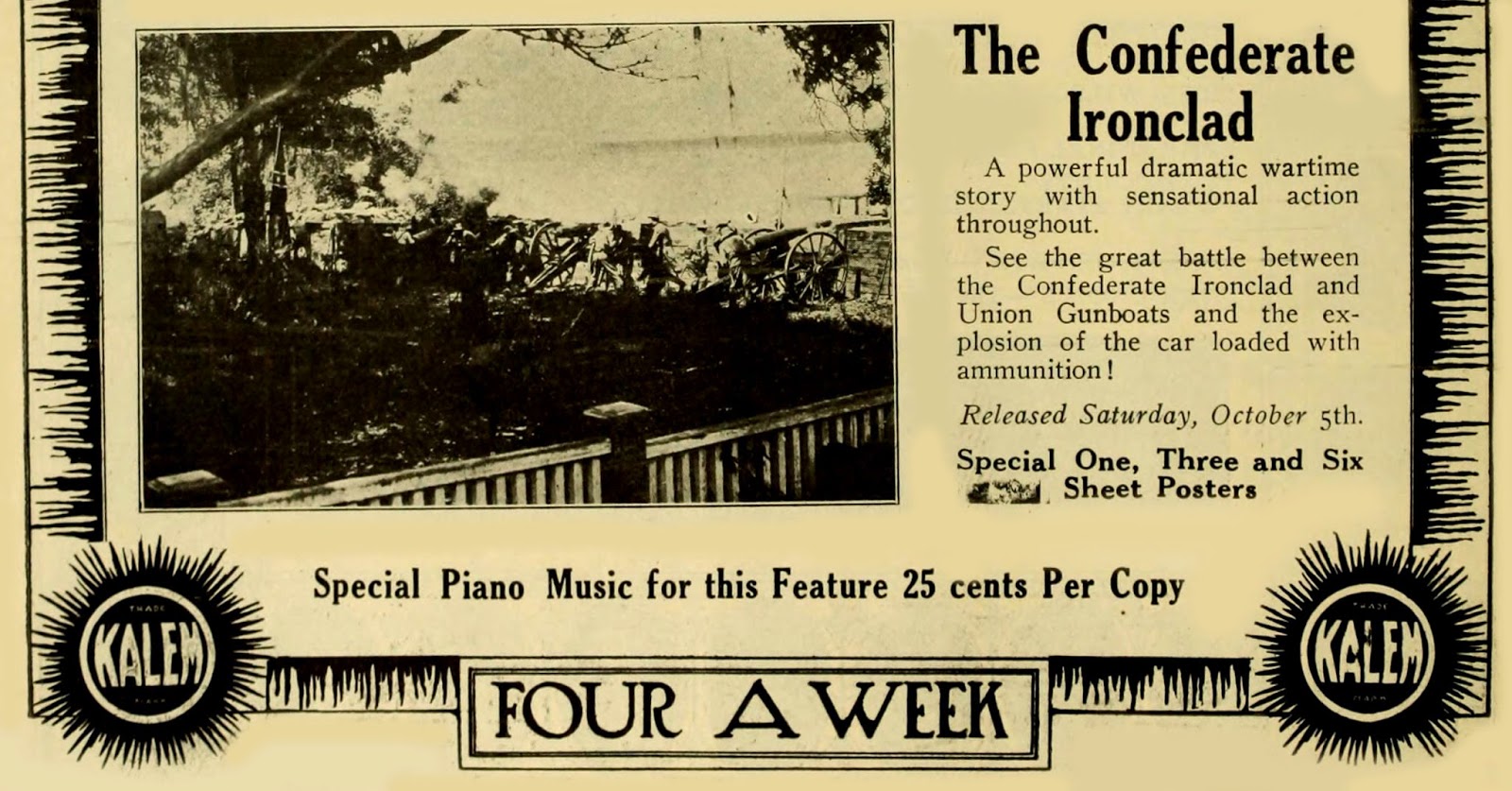Illicit Precode As Fresh Fruit For 1931
I always figured exhibitors
were creative participants in movies because it was them that applied
punctuation to what Hollywood
produced. No film was really finished till showmen got hold of it. They'd look
at a pressbook, trailer, synopsis, or trade ad, and right away know what aspect
might sell. A single ad done right could boil a convoluted story to its essence.
Scholars have spent book lengths trying to define precode, the job having been done
for them long ago by original merchants of the form. What west coast producers
shipped each week was less finished product than rawest clay to be molded by east
coast personnel, with finishing touch applied by theatre management where all
bucks stopped. He/she would size up ad accessories and decide if same could be
applied to needs of his/her community. Local desks where promotion got prepared was
where rubber met the road insofar as keeping lights lit and staff paid.


Illicit was mother's milk to aggressive selling.
Consider first the title --- one word and quick to the point, a natural for
marquees needing what space there was to boost support attractions (Illicit
plus Mickey Mouse!). The old Embassy Theatre in San Francisco, lately renamed the Warner
Bros., had been swallowed by earthquake during construction (1906), then rose
from ash to be named, renamed several times during interim. Warners used the site to showcase Vitaphone (as above with Disreali in 1929), then bought the 1,387 seats outright.
Illicit would "World Premiere" on 1/9/31 at a dollar per ticket, Jack
Warner, Barbara Stanwyck, and Mervyn LeRoy personally appearing. Babs was
billed as "San Francisco's
Own Daughter," but cursory research says she was Brooklyn-born. Suppose
anyone challenged the boast?


Illicit isn't really much of a movie, precode or
otherwise, being stiff in joints thanks to talk and pace still on wobbly feet. There hadn't been a lot of lively WB work out of 1930 gates (a few like The Dawn Patrol being notable exception), but the following year showed big
strides. What's good about Illicit is forthrightness of modern girl philosophy
as expressed by Barbara Stanwyck. She spends whole of a first reel explaining
to dullard live-in James Rennie why they should not be married, speech given
from horizontal clinch on a divan. He's tired of "pussyfooting" and
shun of standards, ... but I Love Pussyfooting! says she, an excerpt that would
decorate a number of docus about precode. These ads from first and holdover
weeks at the Warner Bros. cull all of what's hot-cha from Illicit ("If I,
the woman, do not ask for marriage ... why should you, the man?"). To it's
credit, Illicit does deliver on promise of taglines, if doing so at relax pace.
Warner Archive offers a DVD, and Illicit streams in HD at Warner Instant.






























































